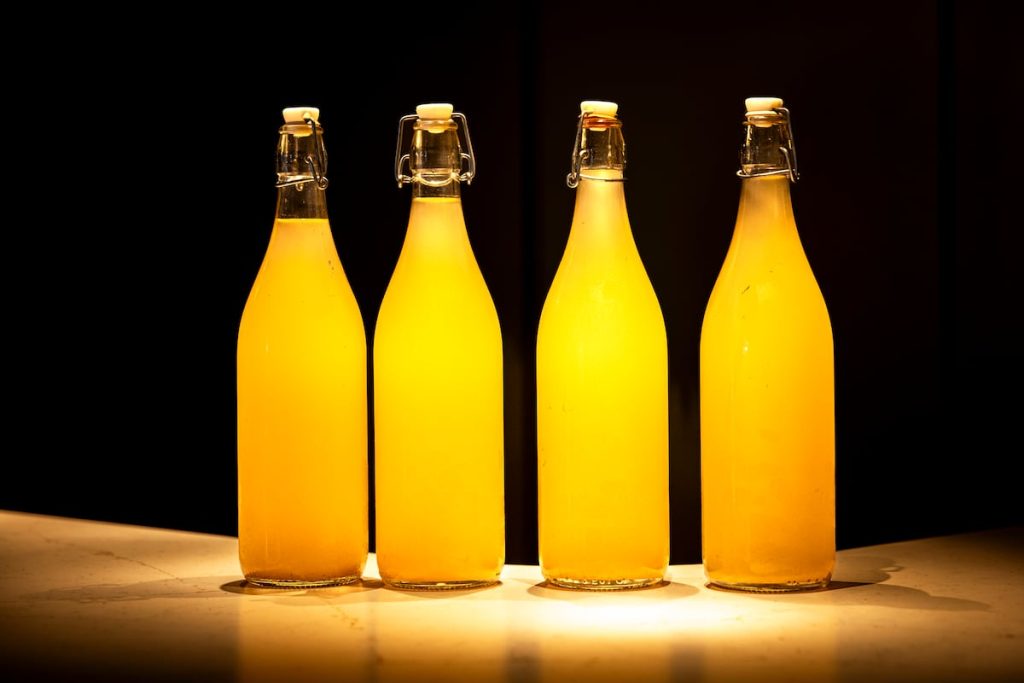The history of mead, the oldest fermented alcoholic beverage known to humanity, dates back at least 8,000 years to the inhabitants of the Iberian Levante region who were collecting honey from beehives attached to trees. Evidence of mead has also been found in archaeological sites in China, Mesopotamia, pre-Columbian America, and sub-Saharan Africa, as well as among the Romans, Greeks, and Viking cultures. Today, mead is experiencing a resurgence in popularity in gastronomic restaurants across Spain, where it is being embraced not only as a beverage but also as an ingredient in culinary dishes.
One of the pioneers in reintroducing mead to the modern culinary scene is Carlos Echapresto, the sommelier and restaurant director of Venta Moncalvillo in La Rioja. Inspired by the possibilities of mead pairing with their vegetable-based cuisine, Carlos and his son Ismael began producing mead using honey from their own beehives. They now offer eight different varieties of mead, made with different types of mountain honey and fermented with wild yeasts present in the honey. The Echapresto family also practices the transhumance of their hives, moving them between different locations in La Rioja throughout the year.
Other chefs and restaurants across Spain have also embraced mead as a versatile ingredient. Alberto Ferruz of Bonamb in Alicante has been using mead as a welcome drink for ten years, while Maria José Martínez of Lienzo in Valencia incorporates mead made from raw honey into various dishes, using it as a vinegar, a crispy pollen, and a unique ingredient in desserts like a cotton candy dessert. By utilizing mead in their culinary creations, these chefs are also contributing to reducing food waste by repurposing ingredients that might otherwise be discarded.
Mead’s versatility in food pairings is a key factor in its resurgence, with sommeliers like Carlos Echapresto highlighting its ability to complement challenging dishes such as bitter vegetables, acidic preparations, and cheeses. Mead’s range of sweetness levels – dry, sweet, and semi-sweet – makes it suitable for a wide variety of dishes, from Japanese cuisine to desserts. Restaurants like Ambivium have even incorporated mead from Moncalvillo Meadery into their dessert menus, showcasing the beverage’s potential in enhancing the dining experience.
The recent popularity of mead in the Spanish culinary scene reflects a broader trend in the gastronomic world towards exploring traditional ingredients and techniques. By reviving ancient beverages like mead and incorporating them into modern dishes, chefs are not only offering new and exciting flavor profiles to their customers but also paying homage to the rich history and cultural significance of these beverages. As mead continues to gain traction in the culinary world, it serves as a reminder of the enduring appeal and adaptability of age-old traditions in today’s ever-evolving food scene. With the creativity and innovation of chefs and sommeliers, mead is poised to become a staple in the modern dining experience.


